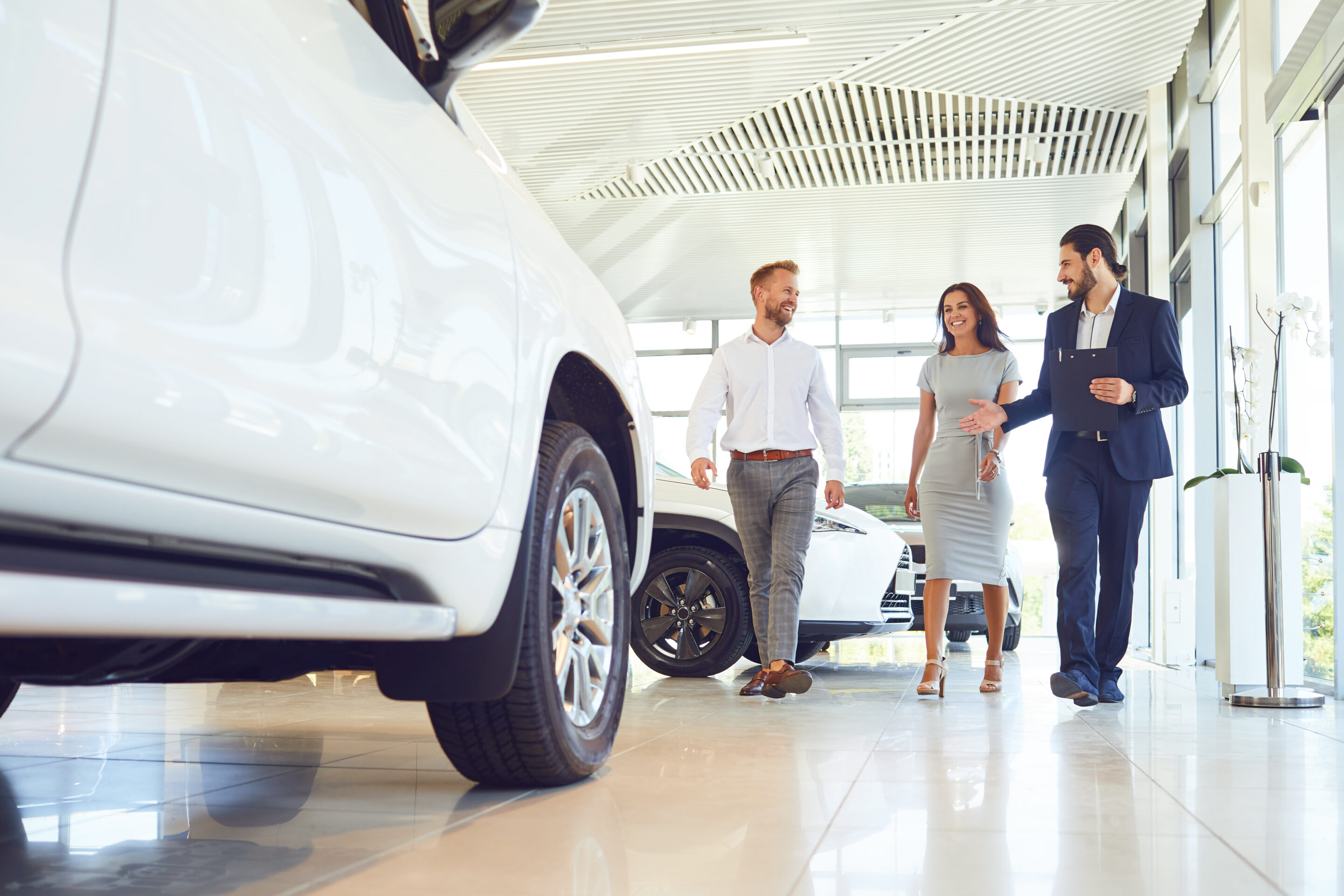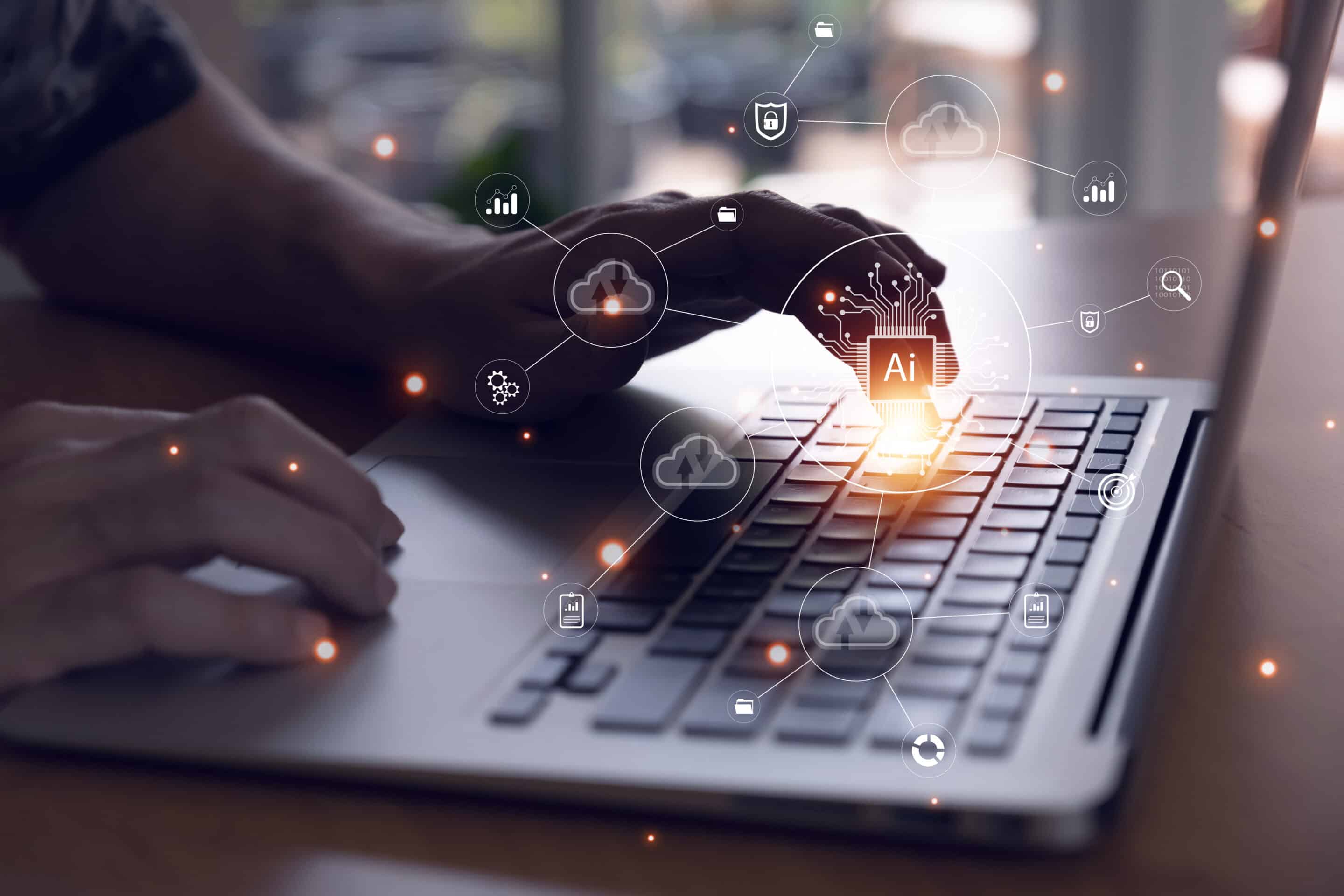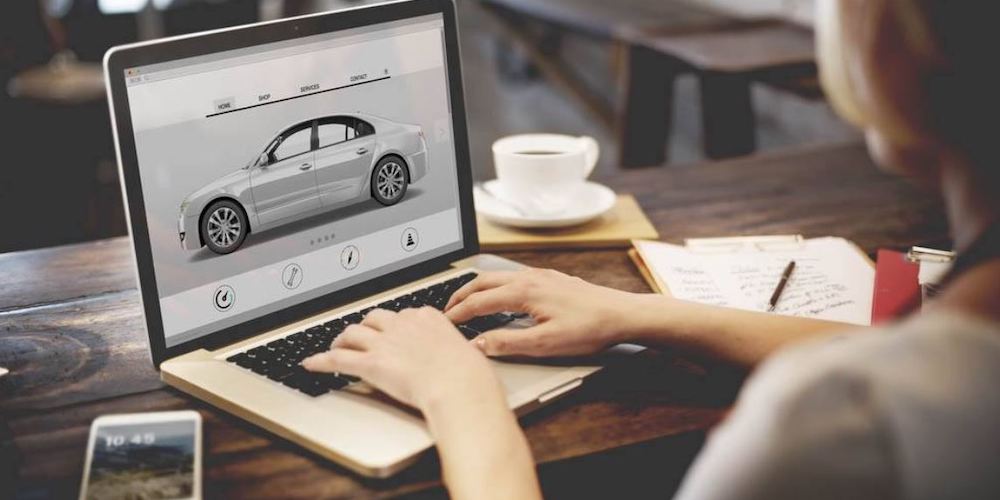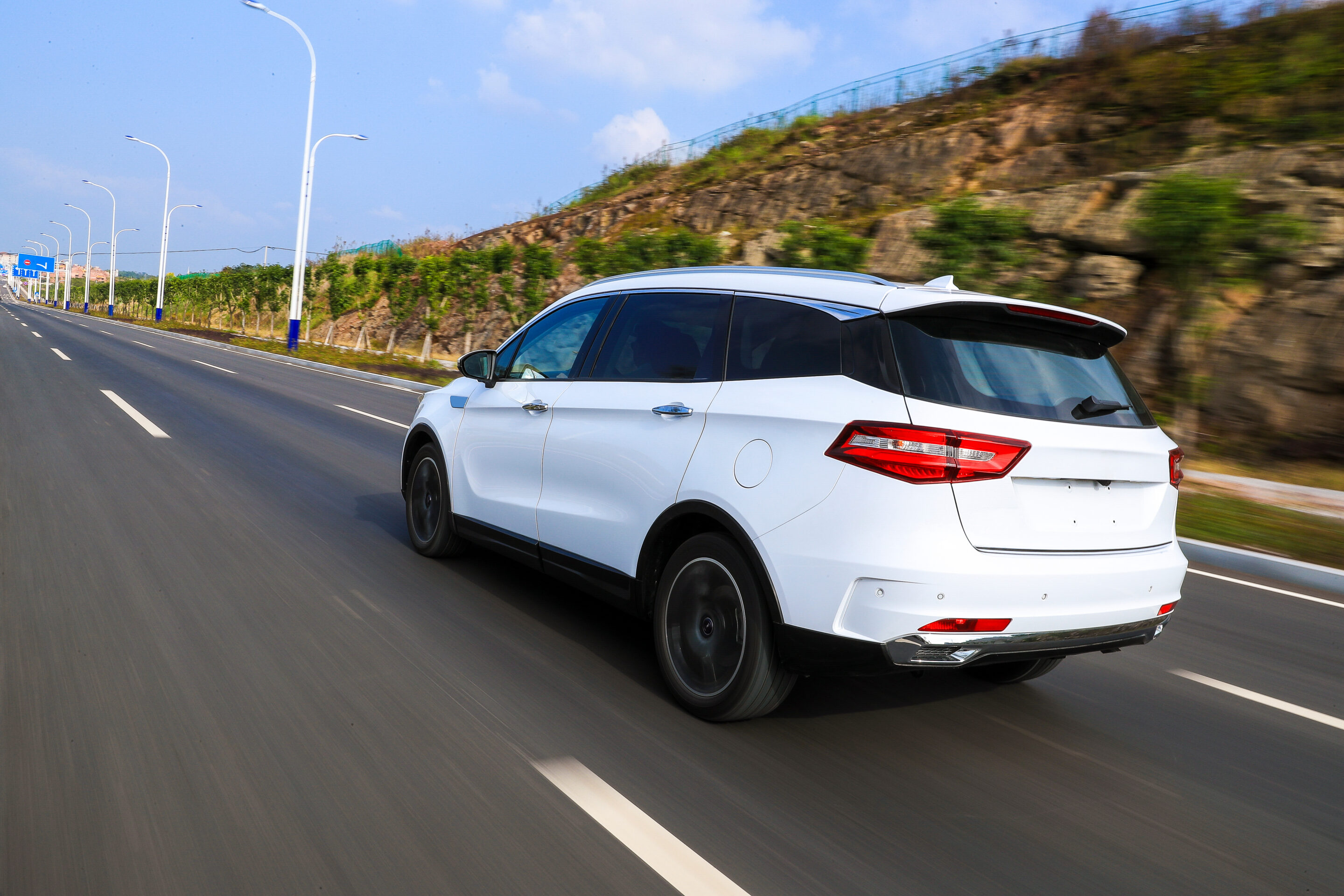By Nils Wollny, CEO & Co-Founder, Holoride
In-vehicle entertainment is bringing a brand new, lucrative experience to cars and their passengers. For years, they have been sticking to the status quo and prioritizing the driver’s needs, but the driver isn’t the one that’s being left behind. If OEMs want to unlock a mountain of untapped digital revenue streams, they must focus on the experience of the passenger, as they are the ones that have ample time during the journey to focus on content that’s put in front of them.
What is going to change about the passenger experience because of this trend?
In the future, the passenger experience is going to be similar to an interactive ride. Passengers will no longer hop in the car or order a rideshare to simply get from point A to point B, but instead, they will call an Uber or Lyft or ride in a personal vehicle for immersive, entertaining and educational experiences.
This will also change the landscape of ridesharing as well. Soon, ridesharing may be free because Uber, Lyft, Via and the other apps that are bound to pop up, will be selling more than just a means of transportation — they will be selling entertainment during the ride. As we’ve all seen, getting customers from A-to-B won’t cut it anymore. Ride-hailing apps need to become more than a mobility provider — they need to offer an immersive experience during the trip.
What can OEMs do to prioritize additional revenue streams?
OEMs should radically focus on human needs and desires, taking inventory of vehicle features that are resonating well with car buyers and always have a forward-thinking mindset. It’s not enough to stay stagnant while producing excellent vehicles anymore.
Current and potential car buyers want new experiences, more immersive in-vehicle entertainment, and maximum flexibility/convenience. OEMs need to make sure this is what they are providing for increased sales in their respective dealerships moving forward. Automakers need to start seeing their products as a valuable data-provider rather than a vehicle taking people from A to B. They have to rethink their understanding of what a car is and will be in the future.
What other trends are you seeing in automotive?
Entertainment in cars will follow the same trends we are trying to harness at the moment — suddenly the car turns into the experience. Cars will be fueled by data and this data will be used in the future to provide a better in-car experience to passengers. There is no doubt that in 5-10 years, we will have autonomous vehicles and unseen entertainment options within them.
Further, people will still own cars, but there will be astronomically more passengers during the autonomous boom. In order to please these passengers, a new media option will be available, and it will be uninterrupted elastic content — content that adapts to the route length and type, driving styles, and location for experiences tailored to their journey.
About the Author
Nils is the co-founder and CEO of Holoride. He has extensive experience in strategy, digital business and innovation. He worked as the managing director at one of Europe’s leading digital agencies before he joined Audi as Head of Digital Business. In this role, he was responsible for digital services and platforms. Nils is passionate about mobility and media and was named as one of the “40 under 40” high-potential managers by the renowned German publication “Automobilwoche” in 2018.







